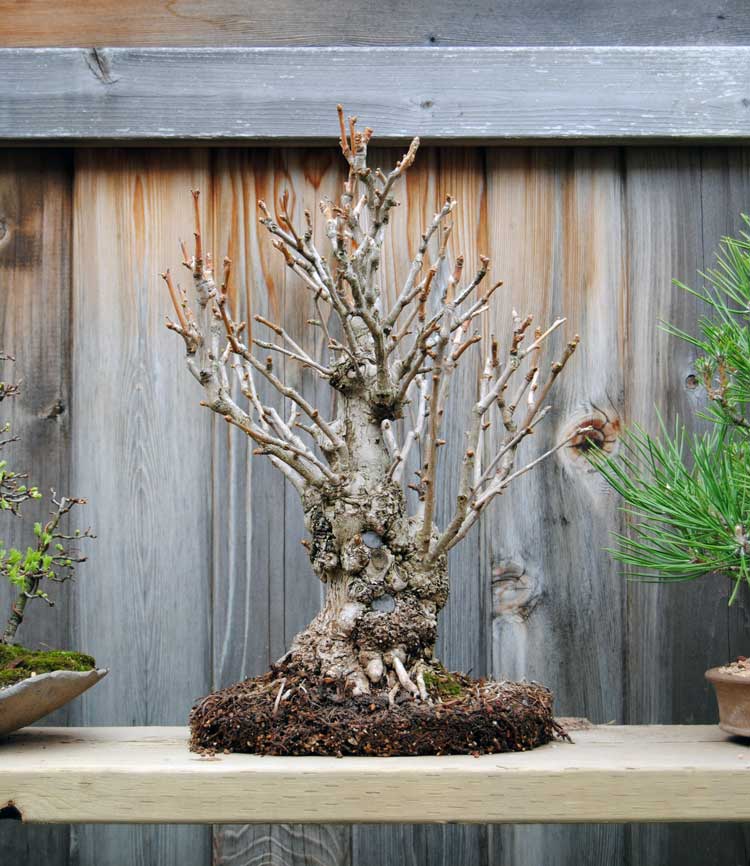piper
Seedling
Hello All:
New to the forum! About 7 years ago I started three Gingkos from seed. You can see from the picture I probably need to be doing something to shape/style by now. Any help is appreciated - I have minimal skills in styling. Maybe I should have posted this in a specific style forum? Thanks all for your tips!
Craig
New to the forum! About 7 years ago I started three Gingkos from seed. You can see from the picture I probably need to be doing something to shape/style by now. Any help is appreciated - I have minimal skills in styling. Maybe I should have posted this in a specific style forum? Thanks all for your tips!
Craig


